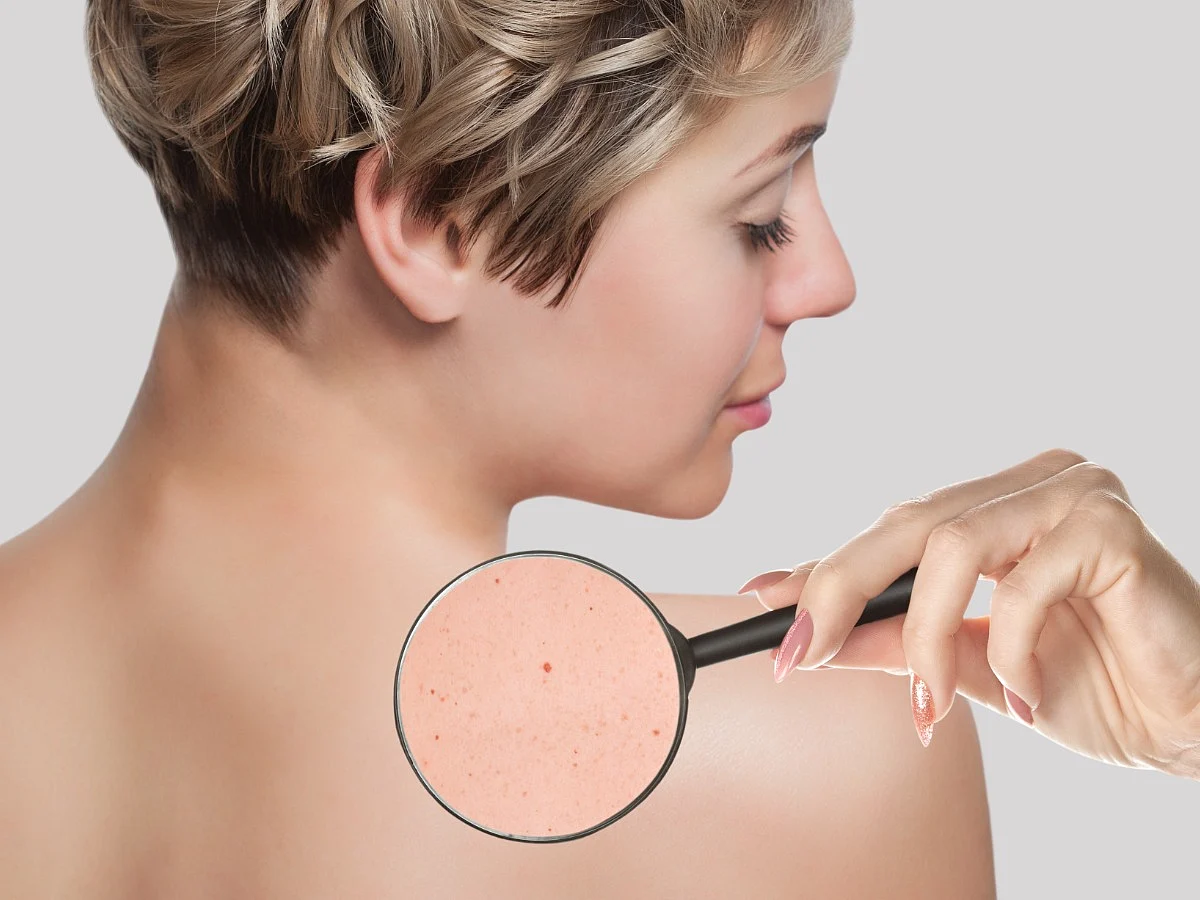Fungal Acne: Symptoms, Causes, Diagnosis, and Treatment
Know the causes, symptoms, and treatment for fungal acne. Here are also a few products you can use.

advertisement
Fungal acne has become quite a common issue and people fail to diagnose or recognize the problem. It is a type of infection in your skin’s hair follicles that appears like small pimples that may or may not vary in size and shape and may cause itching as well.
Fungal acne can also cause whiteheads, skin irritation, and black heads. It’s often confused for acne vulgaris. But fungal acne and acne vulgaris are two different conditions caused due to different reasons. It is important to understand fungal acne. how it looks, symptoms, and treatment because random anti-acne creams can make it worse.
Let's understand the causes, symptoms, diagnosis, and treatment for fungal acne.
Fingal Acne: Causes
Fungal acne isn’t caused primarily by oil and bacteria in pores, although oil and sebum help feed the bacteria that cause fungal acne. Fungal acne cause pimple-like bumps due to over growth of yeast, a type of fungus. It’s also referred to as Pityrosporum folliculitis or Malassezia folliculitis.
The yeast responsible for fungal acne is always present on your skin. And the sin tries to balance the presence of yeast, other fungi, and bacteria that are also a part of your skin. But there may be an overgrowth of bacteria if that natural balance is upset and it may lead to infection of hair follicles causing acne-like symptoms.
According to Healthline, several conditions or events can upset this balance of bacteria and fungi, including:
Trapped moisture due to wearing sweaty workout clothes for too long or re-wearing those clothes without washing them.
Use of antibiotics that can allow for the overgrowth of a fungus.
Suppressed immune system
Intake of sweets and carb-rich foods may help slow fungal growth.
Wearing nonbreathable clothes can encourage extra sweat and moisture.
People living in hot climates may experience fungal acne more frequently.
Fungal Acne: How to Know the Difference
One of the reasons fungal acne can last for so long is people not knowing the difference between knowing the difference acne vulgaris and fungal acne. Regular acne skin care options don’t work, and they can make the infection worse.
Here’s how to tell the difference between fungal acne and bacterial acne:
Size. Fungal acne tend to be nearly all the same size. Bacterial acne can cause pimples and whiteheads of varying sizes.
Location. Fungal acne often shows up on the arms, chest, and back. It can also be on the face.
Itching. Fungal acne often causes itchiness.
Clusters. Fungal acne often appears in clusters of small whiteheads.
Fungal acne is the result of yeast growth, so you may experience other yeast-related conditions, like psoriasis and dandruff.
Fungal Acne: Diagnosis
Dermatologists specialize in diagnosing and treating conditions that affect the skin. A dermatologist will ask you about the symptoms you’re experiencing and it may include: how long has the breakout been for, what have you used to treat it, the symptoms, etc. In some cases, the provider may also want to do one of the following:
They may do a simple, painless skin scraping and examine the scraping under a microscope to look for any yeast causing the fungal acne.
They may take a skin sample to confirm the fungal acne diagnosis.
Fungal Acne: Treatment
According to doctors of Mayo Clinic, treatment for fungal acne include:
selenium sulfide shampoo
2% ketoconazole shampoo
ketoconazole cream
econazole cream or solution
propylene glycol cream
Your doctor may also prescribe oral antifungals, such as fluconazole or itraconazole and you may have to take these medicines even after the symptoms of fungal acne have improved to help prevent recurrences.
(At The Quint, we question everything. Play an active role in shaping our journalism by becoming a member today.)